
Epic Reads Impulse
¥107.82
A short stand-alone digital novella set in the world of Leah Cypess's Nightspell, where ghosts exist alongside humans and nearly every lavish ball is part murder mystery.In the kingdom of Ghostland, every murdered soul comes back as a ghost, and every ghost has only one desire—vengeance. Emilie had everything she'd ever wanted—beautiful dresses, a perfectly decorated room, a party every night, and the eye of a nobleman. But then she's killed. And now she'll stop at nothing to find out who did it. No one in the palace of Ghostland is above suspicion—not even the people closest to her. This haunting fantasy novella is filled with supernatural thrills and surprising plot twists.Epic Reads Impulse is a digital imprint with new releases each month.

Mud, Sweat, and Tears 荒野求生:贝尔自传
¥94.10
Bear Grylls has always sought the ultimate in adventure. Growing up on a remote island off of Britain's windswept coast, he was taught by his father to sail and climb at an early age. Inevitably, it wasn't long before the young explorer was sneaking out to lead all-night climbing expeditions. As a teenager at Eton College, Bear found his identity and purpose through both mountaineering and martial arts. These passions led him into the foothills of the mighty Himalayas and to a karate grandmaster's remote training camp in Japan, an experience that soon helped him earn a second-degree black belt. Returning home, he embarked upon the notoriously grueling selection course for the British Special Forces to join the elite Special Air Service unit 21 SAS a journey that would push him to the very limits of physical and mental endurance. Then, disaster. Bear broke his back in three places in a horrific free-fall parachuting accident in Africa. It was touch and go whether he would walk again, according to doctors. However, only eighteen months later, a twenty three-year-old Bear became one of the youngest climbers to scale Mount Everest, the world's highest summit. But these were just the beginning of his many extraordinary adventures. . . . Known and admired by millions as the star of Man vs. Wild , Bear Grylls has survived where few would dare to go. Now, for the first time, Bear tells the story of his action-packed life. Gripping, moving, and wildly exhilarating, Mud, Sweat, and Tears is a must-read for adrenaline junkies and armchair explorers alike.
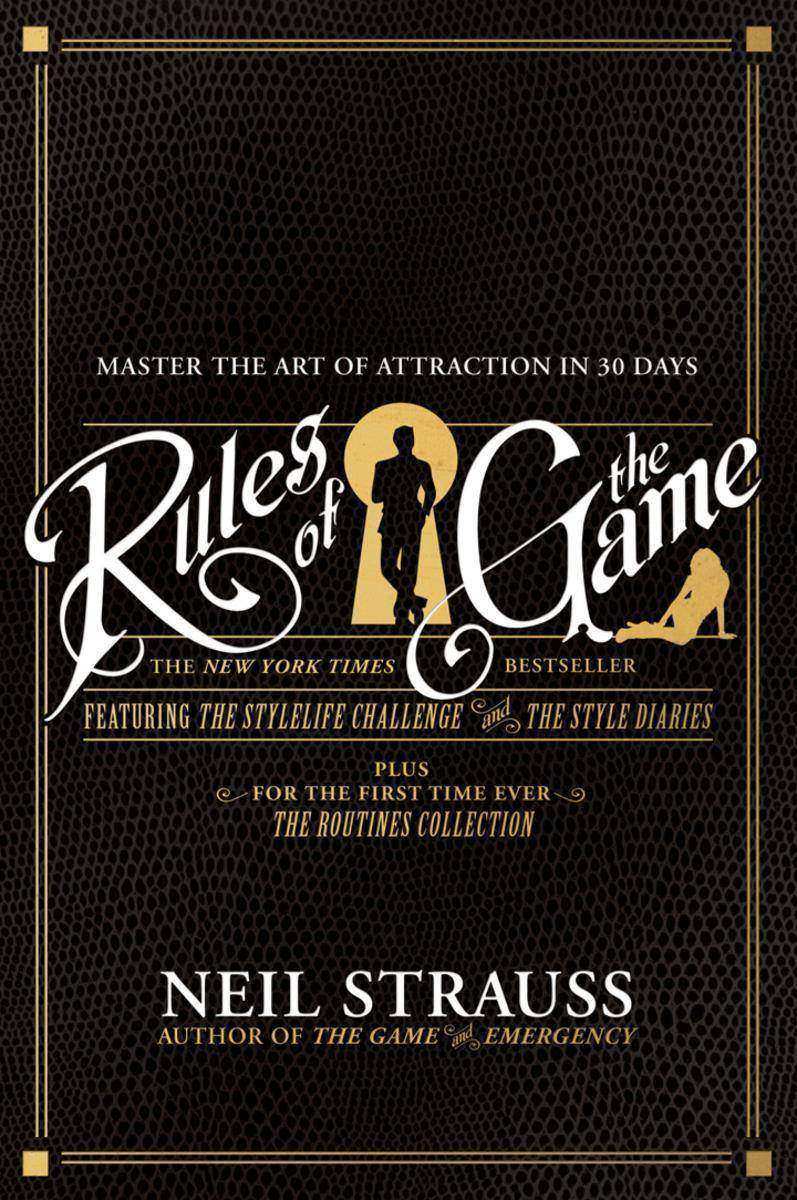
Rules of the Game
¥95.11
If you want to play the Game, you've got to know the Rules. In his international bestseller The Game , Neil Strauss delved into the secret world of pick-up artists men who have created a science out of the art of seduction. Not only did he reveal the techniques that they had developed, but he became a master of The Game, and the world's No. 1 PUA, as Style. Now, in this bestselling companion, Strauss reduces three books of life-changing knowledge into a single-volume set. The first book, The Stylelife Challenge , breaks down the knowledge he learned and techniques he invented into simple step-by-step instructions that anyone can follow to meet and land the women of their dreams. In the second book, Strauss takes readers into the dark side of The Game. The Style Diaries offers a series of tales of seduction and sexual (mis)adventure. From accidentally getting married during a drunken night in Reykjavik, to luring a famous musician's granddaughter into a threesome; to the stress and frustration of the torturous and highly unorthodox "30 Day Sex Experiment," The Style Diaries takes you further into the seduction underworld than ever before. Finally, in the all-new, updated third volume, Strauss collects the greatest, most powerful, field-tested, word-for-word routines. You don't need money, looks, or fame to succeed with women. All you need is an understanding of how attraction works and this thirty-day workout program for your social skills, which has already guided countless men from frustration to fulfillment.

The Game
¥223.86
Hidden somewhere, in nearly every major city in the world, is an underground seduction lair. And in these lairs, men trade the most devastatingly effective techniques ever invented to charm women. This is not fiction. These men really exist. They live together in houses known as Projects. And Neil Strauss, the bestselling author and journalist, spent two years living among them, using the pseudonym Style to protect his real-life identity. The result is one of the most explosive and controversial books of the last decade guaranteed to change the lives of men and transform the way women understand the opposite sex forever. On his journey from AFC (average frustrated chump) to PUA (pick-up artist) to PUG (pick-up guru), Strauss not only shares scores of original seduction techniques but also has unforgettable encounters with the likes of Tom Cruise, Britney Spears, Paris Hilton, Heidi Fleiss, and Courtney Love. And then things really start to get strange and passions lead to betrayals lead to violence. The Game is the story of one man's transformation from frog to prince to prisoner in the most unforgettable book of this generation.
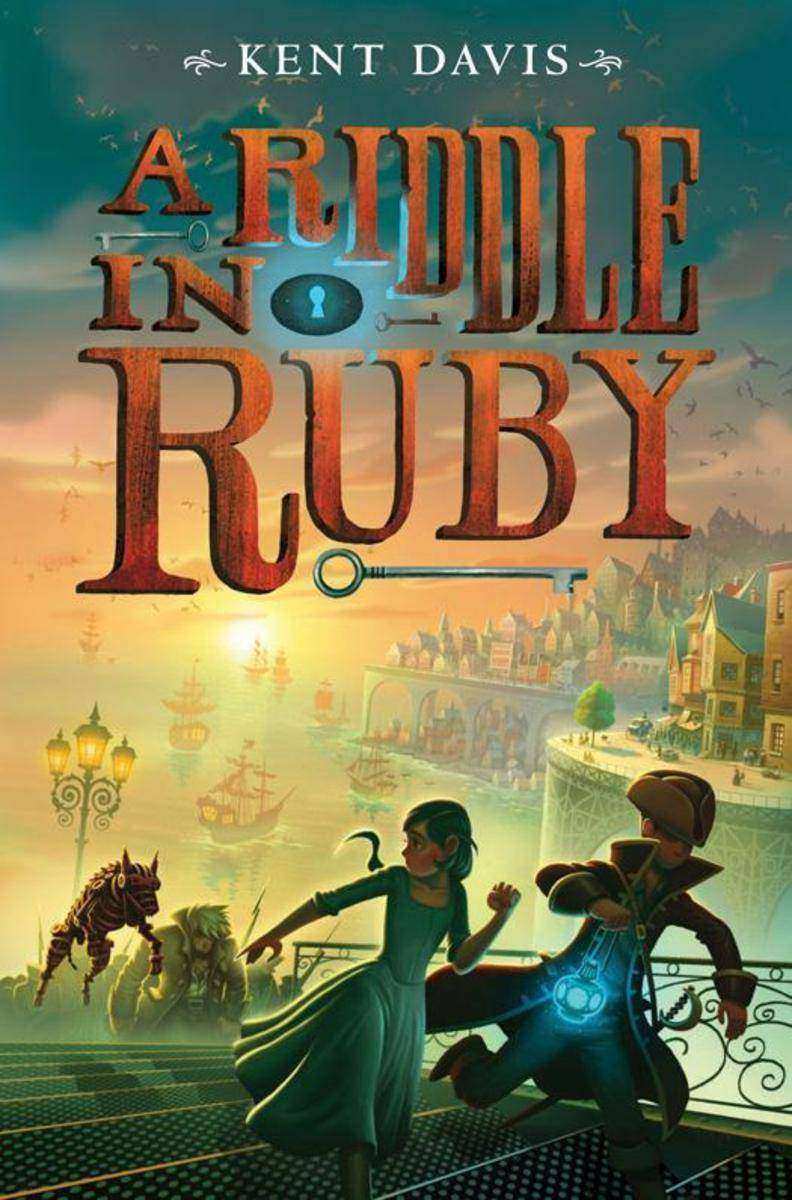
A Riddle in Ruby
¥44.85
Ruby is a thief-in-training and a keeper of secrets—ones she doesn't even know herself. A Riddle in Ruby is the first book in a witty and fast-paced fantasy-adventure trilogy for fans for Jonathan Stroud, Septimus Heap, and The Very Nearly Honorable League of Pirates.Ruby Teach, daughter of a smuggler and pirate, has been learning how to swindle and steal and pick the most complex locks for as long as she can remember. But a collision with aristocratic young lord Athen sends her spinning into chaos. Little did she know that her whole life has been spent in hiding from nefarious secret societies and the Royal Navy . . . who are both now on her trail. In this debut middle grade adventure, Kent Davis weaves a rip-roaring tale through an alternate colonial Philadelphia. A world where alchemy—that peculiar mix of magic and science—has fueled the industrial revolution. With this highly original setting, a cast of fully rounded characters and rapid-fire, funny dialogue, A Riddle in Ruby will call to mind fantasy greats like Diana Wynne Jones and Terry Pratchett.

Things We Know by Heart
¥55.33
In this unforgettable teen romance that fans of Sarah Dessen and Susane Colasanti will devour, Quinn Sullivan falls for the recipient of her boyfriend's donated heart, forming an unexpected connection that will leave readers utterly breathless.After Quinn's boyfriend, Trent, dies in an accident their junior year, she reaches out to the recipients of his donated organs in hopes of picking up the fragments of her now-unrecognizable life. But whoever received Trent's heart has mysteriously remained silent. The essence of a person, Quinn has always believed, is in the heart. If she finds Trent's, then in a way she still has a piece of him.Risking everything to find peace once and for all, Quinn goes outside the system to track down nineteen-year-old Colton Thomas—a guy whose life has been forever changed by this priceless gift. But what starts as an accidental run-in quickly develops into more, sparking an undeniable attraction. She doesn't want to give in to it—especially since he has no idea how they're connected—but their time together has made Quinn feel alive again. No matter how hard she's falling for Colton, each beat of his heart reminds her of all she's lost . . . and all that remains at stake.

HarperCollins
¥150.99
This collection is perfect for anyone looking to try out three bestselling series that are fun, easy-to-read, loaded with humor and art, and just right for young independent readers. In includes:Roscoe Riley Rules #1: Never Glue Your Friends to Chairs: If the kids can't sit still for the class performance, Roscoe's teacher could be in big trouble. Fortunately Roscoe has a plan to save her—a super, mega, gonzo plan! What could go wrong?My Weird School #1: Miss Daisy Is Crazy!: In this first book in the outrageously funny series that has reached millions of readers around the world, second-grade teacher Miss Daisy is in over her head. She doesn't even know how to add or subtract! But the kids have other things on their minds. Principal Klutz has promised that if they read a million pages in books, they can turn the school into a video-game arcade for one whole night!Alien in My Pocket #1: Blast Off!: When a four-inch-tall alien crash-lands through Zack McGee's bedroom window, Zack is sure he's about to become the first victim in a new War of the Worlds. But when the alien turns out to have weapons that are more ticklish than terrifying, Zack realizes that rather than protect the world from the alien it's up to him to protect the alien in his pocket from the world.
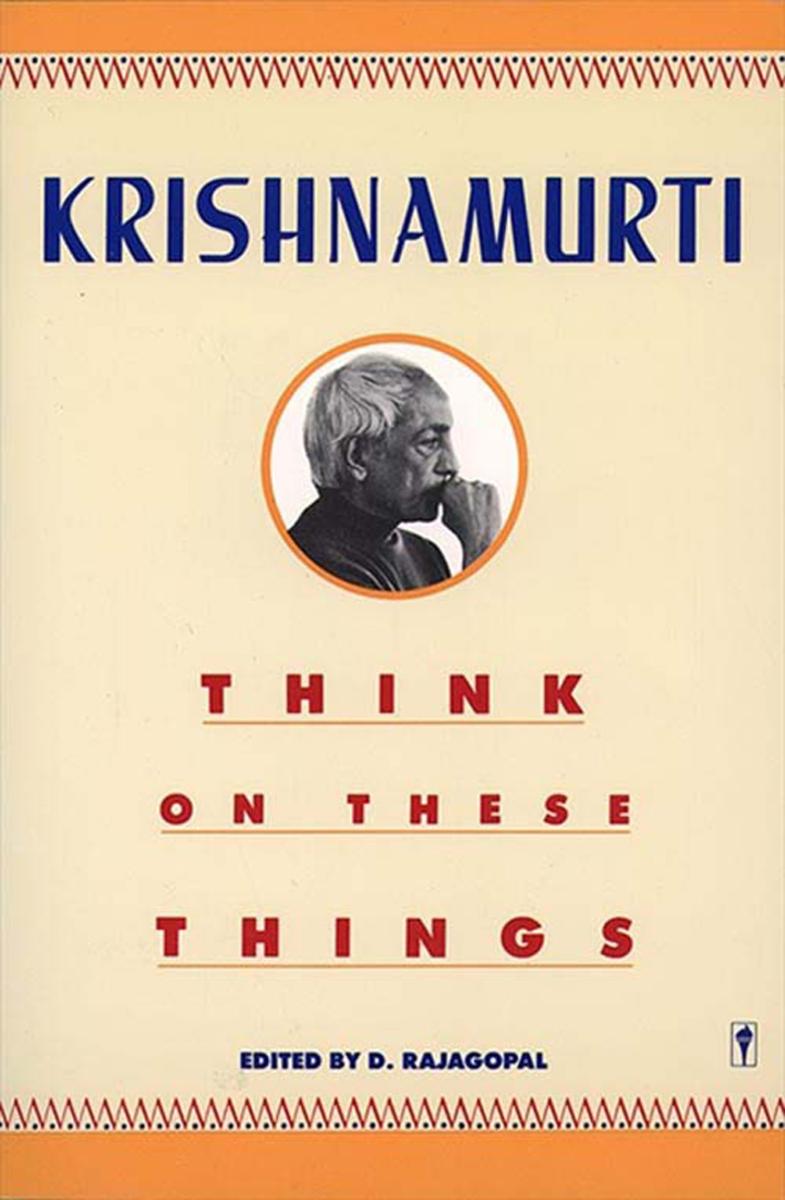
Think on These Things
¥94.10
The material contained in this volume was originally presented in the form of talks to students, teachers and parents in India, but its keen penetration and lucid simplicity will be deeply meaningful to thoughtful people everywhere, of all ages, and in every walk of life. Krishnamurti examines with characteristic objectivity and insight the expressions of what we are pleased to call our culture, our education, religion, politics and tradition; and he throws much light on such basic emotions as ambition, greed and envy, the desire for security and the lust for power all of which he shows to be deteriorating factors in human society.From the Editor NoteKrishnamurti observations and explorations of modern man estate are penetrating and profound, yet given with a disarming simplicity and directness. To listen to him or to read his thoughts is to face oneself and the world with an astonishing morning freshness.Anne Marrow Lindbergh
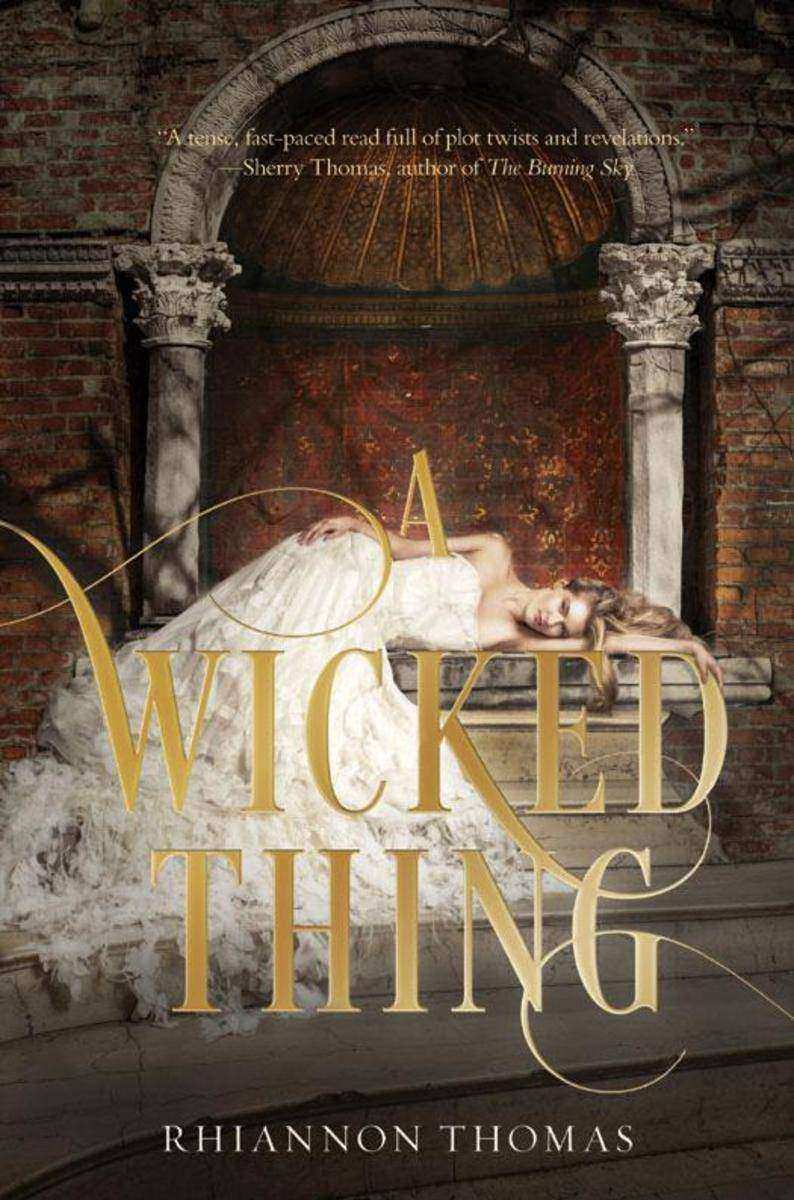
A Wicked Thing
¥55.33
Rhiannon Thomas's dazzling debut novel is a spellbinding reimagining of what happens after happily ever after. Vividly imagined scenes of action, romance, and political intrigue are seamlessly woven together to reveal a richly created world . . . and Sleeping Beauty as she's never been seen before.One hundred years after falling asleep, Princess Aurora wakes up to the kiss of a handsome prince and a broken kingdom that has been dreaming of her return. All the books say that she should be living happily ever after. But as Aurora understands all too well, the truth is nothing like the fairy tale.Her family is long dead. Her "true love" is a kind stranger. And her whole life has been planned out by political foes while she slept.As Aurora struggles to make sense of her new world, she begins to fear that the curse has left its mark on her, a fiery and dangerous thing that might be as wicked as the witch who once ensnared her. With her wedding day drawing near, Aurora must make the ultimate decision on how to save her kingdom: marry the prince or run.

The Memory Key
¥56.08
Lora Mint is determined not to forget.Though her mother's been dead for five years, Lora struggles to remember every detail about her—most important, the specific events that occurred the night she sped off in her car, never to return.But in a world ravaged by Vergets disease, a viral form of Alzheimer's, that isn't easy. Usually Lora is aided by her memory key, a standard-issue chip embedded in her brain that preserves memories just the way a human brain would. Then a minor accident damages Lora's key, and her memories go haywire. Suddenly Lora remembers a moment from the night of her mother's disappearance that indicates her death was no accident. Can she trust these formerly forgotten memoriesOr is her ability to remember every painful part of her past driving her slowly mad—burying the truth forever?Lora's story of longing for her lost mother—and for the truth behind her broken memories—takes readers on a twisty ride. The authentic, emotional narrative sparks fascinating questions about memory and privacy in a world that increasingly relies on electronic recall.

City Love
¥56.08
Three teenage girls learn how to navigate their hearts and NYC. Book one of the trilogy, City Love, is the start of a romantic new series for fans of Sarah Dessen, Stephanie Perkins, and the Carrie Diaries, from bestselling author Susane Colasanti.Roommates Sadie, Darcy, and Rosanna have big plans for their summer before college. Sadie is looking for love, Darcy is living for the next adventure, and Rosanna is reinventing herself. There will be plenty of distractions—irresistible guys, wrong guys, awkward encounters, 2 a.m. breakfasts, fangirl moments, Nasty Girl, and more—but if they look up they will discover the true meaning of city love.

The Cemetery Boys
¥99.65
Welcome to Spencer. Population: 814. It's a backward town—and it's hiding a terrible secret.When Stephen's dad says they're moving, Stephen knows it's pointless to argue. They're broke from paying Mom's hospital bills, and now the only option left is to live with Stephen's grandmother, a woman as bitter and stuck as the town of Spencer itself.Stephen's summer starts looking up when he meets punk girl Cara and her charismatic twin brother, Devon. The twins have family problems of their own and aren't exactly close, but Stephen is drawn to them, each for different reasons. With Cara, he feels safe and understood—and yeah, okay, she's totally hot. In Devon and his group, he sees a chance at making real friends.Only, as the summer presses on, and harmless nights hanging out in the cemetery take a darker turn, Stephen starts to suspect that Devon is less a friend than a leader. And he might be leading them to a very sinister end.Mixing classic horror elements with a darkly funny coming-of-age story, New York Times bestselling author Heather Brewer brings her razor-sharp edge to a story about the dangerous power of belief and the cost of blind loyalty, taking readers to the brink of madness and past the point of no return.
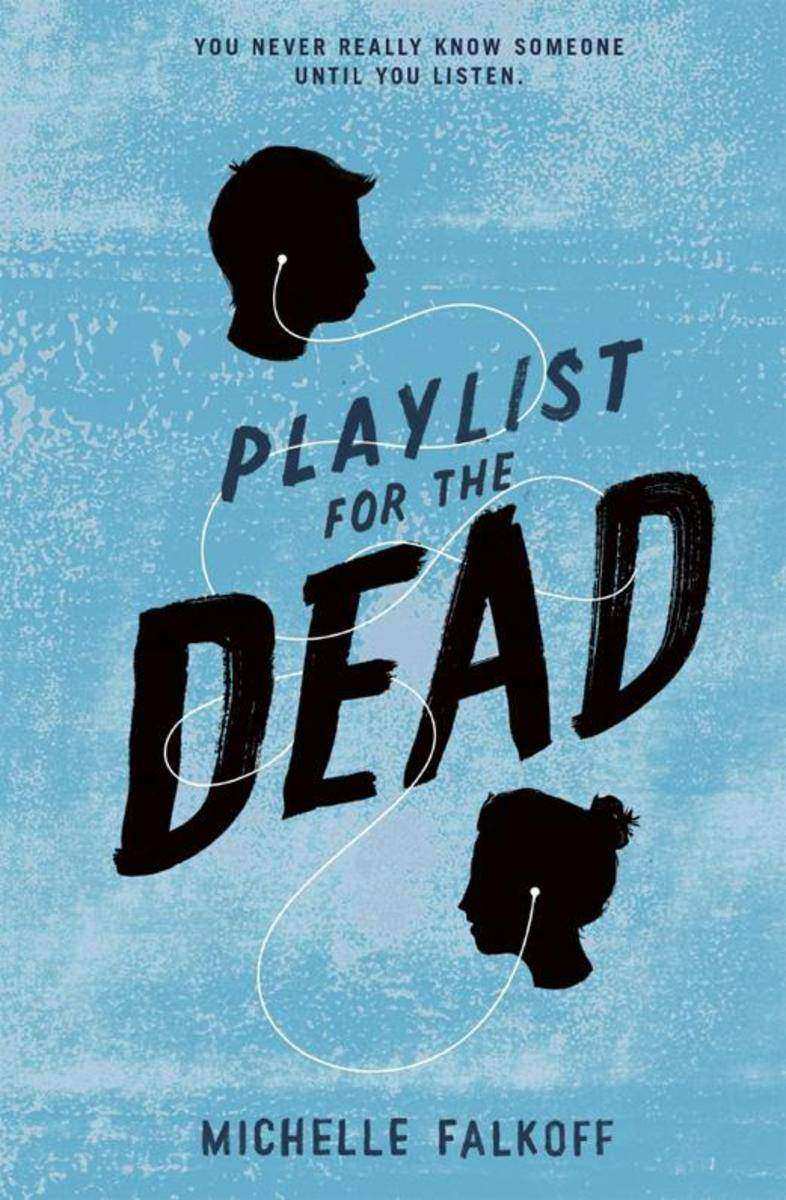
Playlist for the Dead
¥55.93
Part mystery, part love story, and part coming-of-age tale in the vein of The Perks of Being a Wallflower and The Spectacular Now.There was a party. There was a fight. The next morning, Sam's best friend, Hayden, was dead. And all he left Sam was a playlist of songs and a suicide note: For Sam—listen and you'll understand. To figure out what happened, Sam has to rely on the playlist and his own memory. But the more he listens, the more he realizes that his memory isn't as reliable as he thought. And it might only be by taking out his earbuds and opening his eyes to the people around him that he'll finally be able to piece together his best friend's story. And maybe have a chance to change his own.Playlist for the Dead is an honest and gut-wrenching first novel about loss, rage, what it feels like to outgrow a friendship that's always defined you—and the struggle to redefine yourself. But above all, it's about finding hope when hope seems like the hardest thing to find.

Discover the Power Within You
¥94.10
The Inspirational Classic That Has Sold More Than 250,000 Copies! In this 40th anniversary edition of Eric Butterworth's inspiring tour de force , the author shares the greatest discovery of all time: the ability to see the divine within us all. Jesus saw this divine dimension in every human being, and Butterworth reveals this hidden and untapped resource to be a source of limitless abundance. Exploring this "depth potential," Butterworth outlines ways in which we can release the power locked within us for better health, greater confidence, increased success, and inspired openness to let our "light shine" forth for others.

The Silver Chair 纳尼亚传奇6(彩色插图版)
¥50.33
Illustrations in this ebook appear in vibrant full color on a full color ebook device, and in rich black and white on all other devices. Narnia . . . where giants wreak havoc . . . where evil weaves a spell . . . where enchantment rules. Through dangers untold and caverns deep and dark, a noble band of friends is sent to rescue a prince held captive. But their mission to Underland brings them face-to-face with an evil more beautiful and more deadly than they ever expected. The Silver Chair is the sixth book in C.S. Lewis The Chronicles of Narnia, a series that has become part of the canon of classic literature, drawing readers of all ages into a magical land with unforgettable characters for over fifty years. This is a complete stand-alone read, but if you want to discover what happens in the final days of Narnia, read The Last Battle , the seventh and concluding book in The Chronicles of Narnia.

Bringing Home the Birkin
¥83.03
An insider's hilarious, whirlwind account of his years spent globe-trotting in search of the holy grail of handbags: the Birkin For more than twenty years, the Hermès Birkin bag has been the iconic symbol of fashion, luxury, and wealth. Though the bag is often seen dangling from the arms of celebrities, there is a fabled waiting list of more than two years to buy one from Hermès, and the average fashionista has a better chance of climbing Mount Everest in Prada pumps than of possessing one of these coveted carryalls. Unless, of course, she happens to know Michael Tonello . . . Michael's newfound career started with an impulsive move to Barcelona, a vanished job assignment, no work visa, and an Herm scarf sold on eBay to generate some quick cash. But soon the resourceful Michael discovered the truth about the waiting list and figured out the secret to getting Herm to part with one of these precious bags. Millions of dollars worth of Birkins later, Michael had become one of eBay's most successful entrepreneurs and a Robin Hood to thousands of desperate rich women.With down-to-earth wit, Michael chronicles the unusual ventures that took him to nearly every continent, from eBay to Paris auction house and into the lives of celebrities and poseurs. Flirting with danger, Michael recounts the heady rush of hand delivering his first big score to famed songwriter Carole Bayer Sager in Paris; how he had to hire thugs to rescue a bag that one of his "shoppers" held for ransom; and the story of the Oscar-worthy performances that allowed him to snag "reserved" bags from other, less dogged Birkin seekers. Whether he's relating his wining and dining, buying and selling, dodging and weaving, laughing and crying, or schmoozing and stammering, Michael is a master raconteur who weaves together tales of hunting Birkins in the world's most posh locales, memories of meals that would make any gastronome salivate, anecdotes of obsessed collectors with insatiable desires, and sweetly intimate stories about his family, friends, and finding true love. The result is a memoir that is distinctive, fun, page-turning, and as addictive as its namesake.

Reading Like a Writer
¥94.10
Long before there were creative-writing workshops and degrees, how did aspiring writers learn to writeBy reading the work of their predecessors and contemporaries, says Francine Prose. In Reading Like a Writer , Prose invites you to sit by her side and take a guided tour of the tools and the tricks of the masters. She reads the work of the very best writers—Dostoyevsky, Flaubert, Kafka, Austen, Dickens, Woolf, Chekhov—and discovers why their work has endured. She takes pleasure in the long and magnificent sentences of Philip Roth and the breathtaking paragraphs of Isaac Babel; she is deeply moved by the brilliant characterization in George Eliot's Middlemarch . She looks to John Le Carr for a lesson in how to advance plot through dialogue, to Flannery O'Connor for the cunning use of the telling detail, and to James Joyce and Katherine Mansfield for clever examples of how to employ gesture to create character. She cautions readers to slow down and pay attention to words, the raw material out of which literature is crafted. Written with passion, humor, and wisdom, Reading Like a Writer will inspire readers to return to literature with a fresh eye and an eager heart.
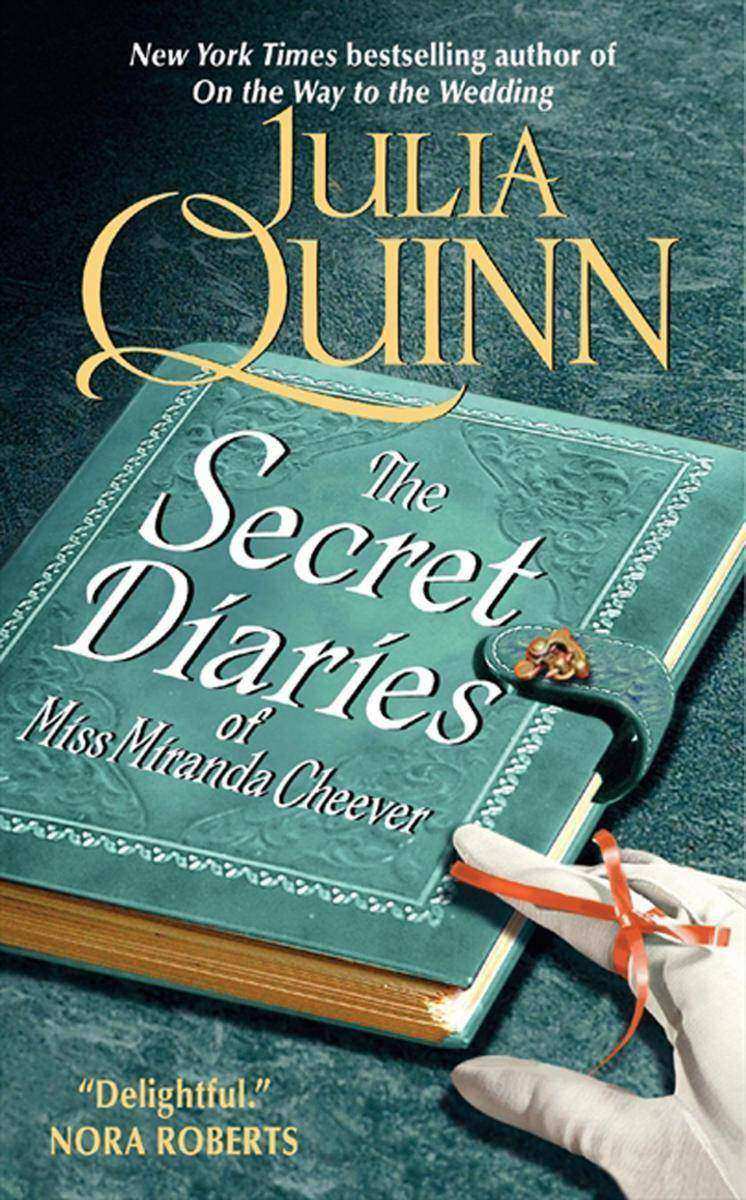
The Secret Diaries of Miss Miranda Cheever
¥55.31
2 March 1810 . . . Today, I fell in love. At the age of ten, Miranda Cheever showed no signs of Great Beauty. And even at ten, Miranda learned to accept the expectations society held for her until the afternoon when Nigel Bevelstoke, the handsome and dashing Viscount Turner, solemnly kissed her hand and promised her that one day she would grow into herself, that one day she would be as beautiful as she already was smart. And even at ten, Miranda knew she would love him forever. But the years that followed were as cruel to Turner as they were kind to Miranda. She is as intriguing as the viscount boldly predicted on that memorable day while he is a lonely, bitter man, crushed by a devastating loss. But Miranda has never forgotten the truth she set down on paper all those years earlier and she will not allow the love that is her destiny to slip lightly through her fingers . . .
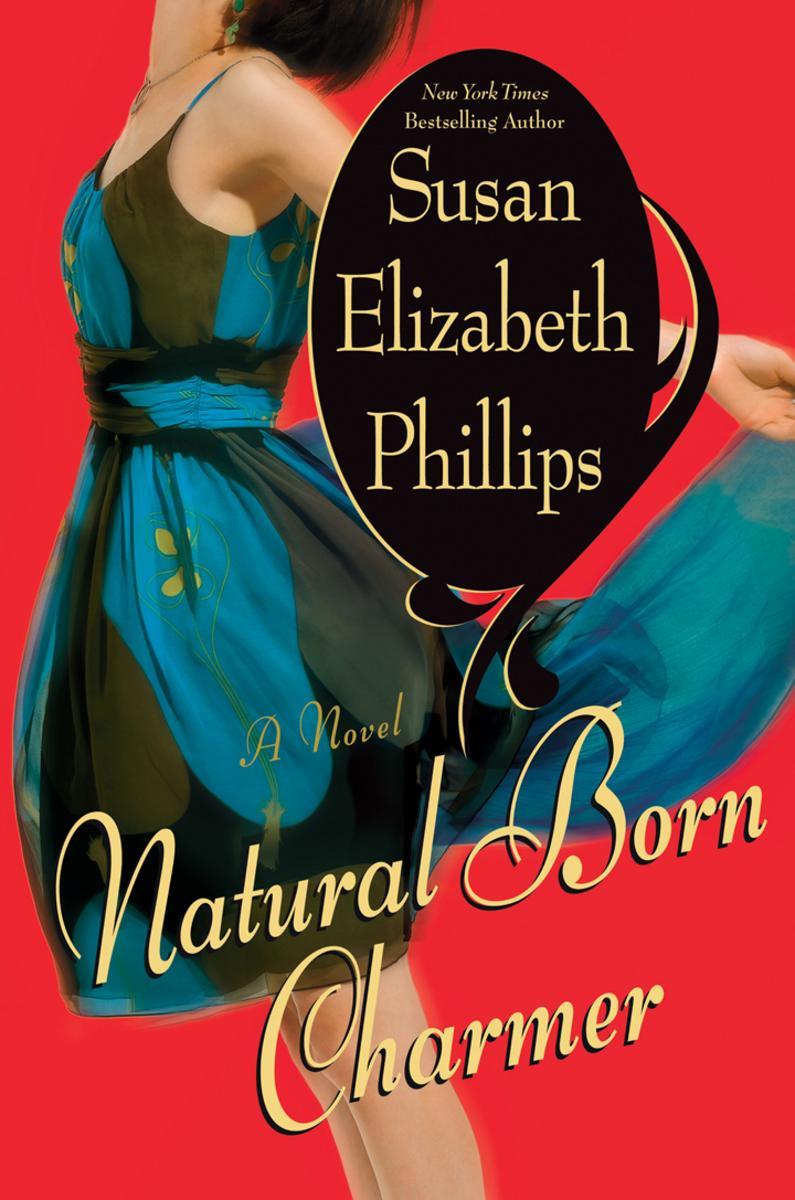
Natural Born Charmer
¥55.31
Chicago Stars quarterback Dean Robillard is the luckiest man in the world: a bona-fide sports superstar and the pride of the NFL with a profitable side career as a buff billboard model for End Zone underwear. But life in the glory lane has started to pale, and Dean has set off on a cross-country trip to figure out what's gone wrong. When he hits a lonely stretch of Colorado highway, he spies something that will shake up his gilded life in ways he can't imagine. A young woman . . . dressed in a beaver suit. Blue Bailey is on a mission to murder her ex. Or at least inflict serious damage. As for the beaver suit she's wearing . . . Is it her fault that life keeps throwing her curveballsWitness the expensive black sports car pulling up next to her on the highway and the Greek god stepping out of it. Blue's career as a portrait painter is the perfect job for someone who refuses to stay in one place for very long. She needs a ride, and America's most famous football player has an imposing set of wheels. Now, all she has to do is keep him entertained, off guard, and fully clothed before he figures out exactly how desperate she is. But Dean isn't the brainless jock she imagines, and Blue despite her petite stature is just about the toughest woman Dean has ever met. They're soon heading for his summer home where their already complicated lives and inconvenient attraction to each other will become entangled with a charismatic but aging rock star; a beautiful fifty-two-year-old woman trying to make peace with her rock and roll past; an eleven-year-old who desperately needs a family; and a bitter old woman who hates them all. As the summer progresses, the wandering portrait artist and the charming football star play a high-stakes game, fighting themselves and each other for a chance to have it all. Natural Born Charmer is for everyone who's ever thought about leaving their old life in the dust and never looking back. Susan Elizabeth Phillips takes us home again . . . and shows us where love truly lives.

The Duke Diaries
¥55.31
Six Regency heroes One royal hangover After a royal bachelor party of the century,Lady Verity Fitzroy wakes up to find her brother's archenemy,Rory Lennox, the Duke of Abshire, in her bed. WhileRory has always fascinated her, nothing can convince her tomarry this rake even though her reputation is in peril.Indeed, there are far graver worries that plague her. If sheis unmasked as the author of the infamous Duke Diaries,no one can save her . . . not even the man of her dreams. Though he has known Verity since she was still in theschoolroom, Rory never imagined her to be sucha spitfire! Which only makes the challenge of winning herhand more intriguing. Never mind that he has nointerest in a wife. But when this secret war hero discoversthe root of Verity's horrendous troubles, he realizes he must face down his greatest fears not only to save her . . .but to win her hand and her heart.
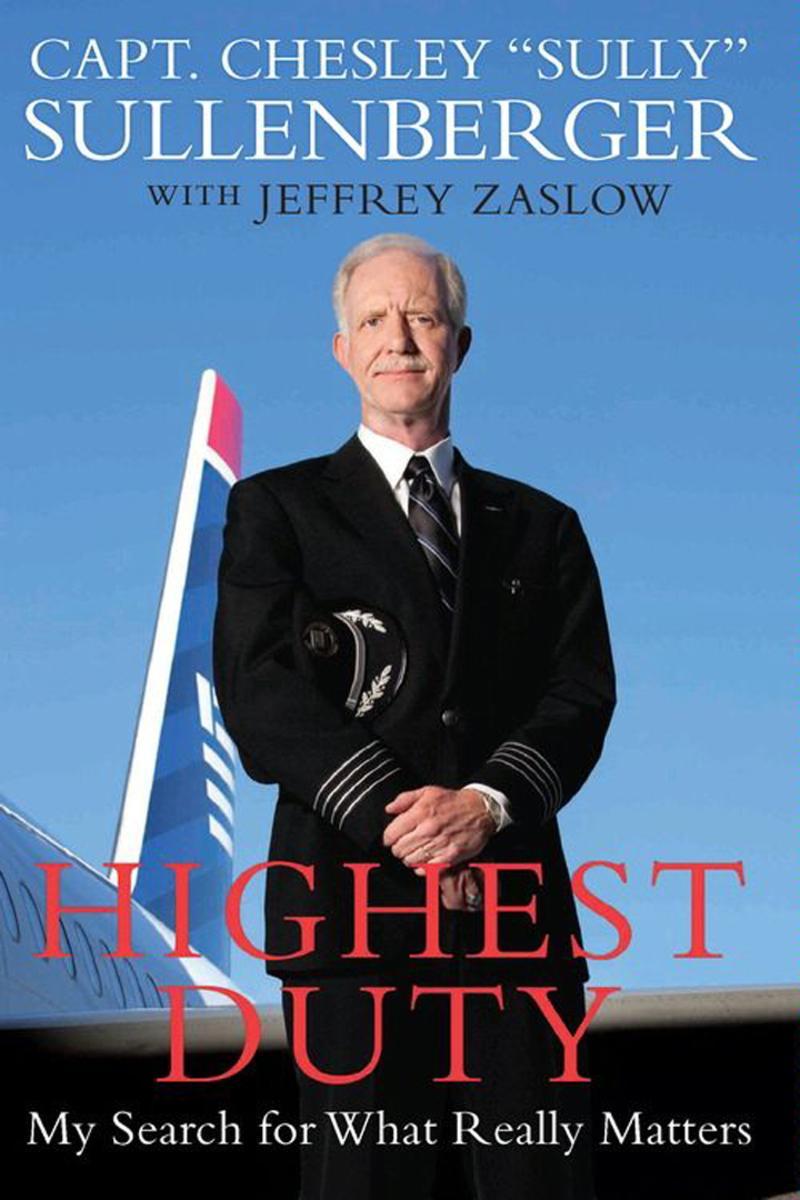
Highest Duty
¥90.77
In this inspirational autobiography, Captain "Sully" Sullenberger, the airline pilot whose emergency landing on the Hudson River earned the world's admiration, tells his life story and talks about the essential qualities that he believes have been so vital to his success. In January 2009, the world witnessed one of the most remarkable emergency landings in history when Captain Sullenberger brought a crippled US Airways flight onto the Hudson River, saving the lives of all of the passengers and crew aboard. The successful outcome was the result of effective teamwork, Sully's dedication to airline safety, his belief that a pilot's judgment must go hand-in-hand with and can never be replaced by technology, and forty years of careful practice and training. From his earliest memories of learning to fly as a teenager in a crop duster's single-engine plane in the skies above rural Texas to his years in the United States Air Force at the controls of a powerful F-4 Phantom, Sully describes the experiences that have helped make him a better leader, particularly the importance of taking responsibility for everyone in his care. And he talks about what he believes is at the heart of America's "can do" spirit: the very human drive to prepare for the unexpected and to meet it with optimism and courage. His wife, Lorrie, has been a pillar of support through all the highs and lows that life has offered, from the challenges of commercial flying to the birth of their two daughters, from financial struggles to the event of January 15, 2009. Though the world may remember Sully as the hero of Flight 1549, the legacy he desires even more is that of a loving husband and father. Highest Duty is the intimate story of a man who has grown up to embrace what we think of as quintessential American values leadership, responsibility, commitment to hard work, and service to others. And it is a narrative that reminds us that cultivating seemingly ordinary virtues can prepare us to perform extraordinary acts.




 购物车
购物车 个人中心
个人中心



